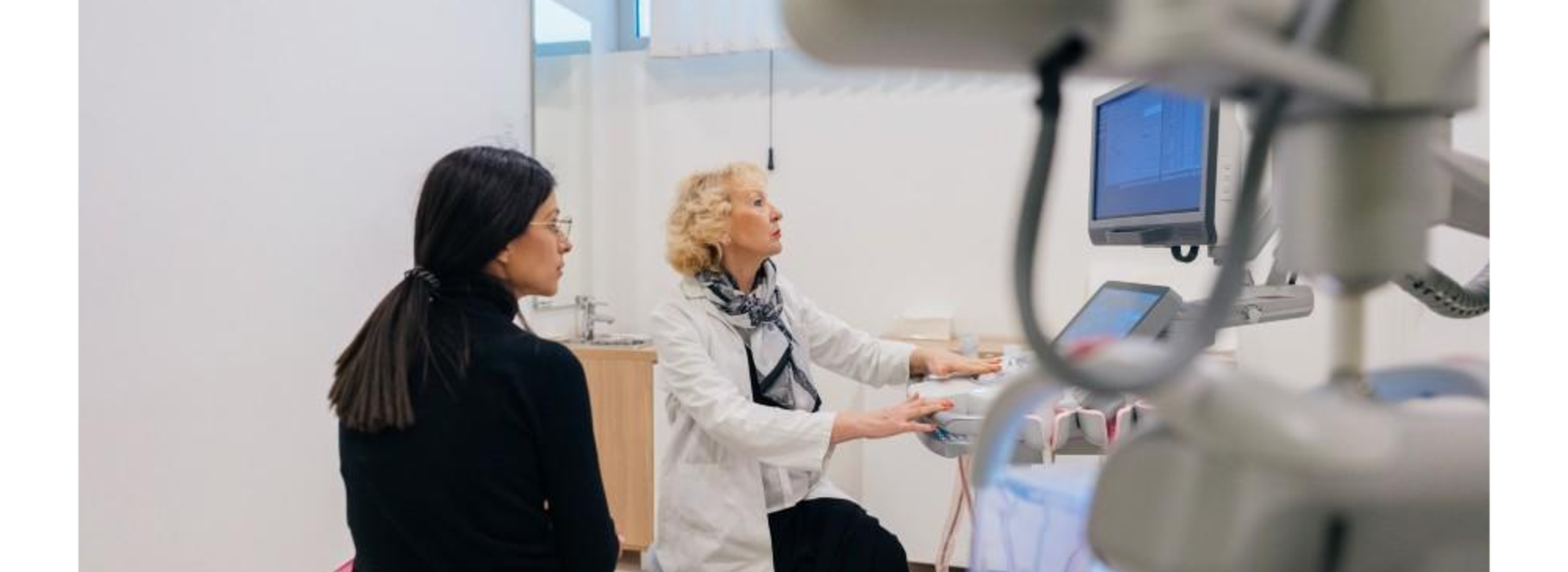
Talking breast cancer with U of M
MINNEAPOLIS/ST. PAUL (10/05/2022) — Even with progress in care and treatment, the Minnesota Department of Health categorizes breast cancer in the top five cancer causes of death for women in Minnesota. Thirty percent of new invasive cancers diagnosed in women are breast cancer. For men, breast cancer is considered rare, but there is increasing attention in the health care community to understanding the emotional support needed for those diagnosed.
For Breast Cancer Awareness Month in October, University of Minnesota Medical School expert Stuart Bloom, MD, MSc, talks about the subtle signs, risk factors and stigmas of breast cancer.
Q: What is breast cancer?
Dr. Bloom: Often, people hear the word ‘cancer’ and become understandably distressed. They know it means something serious and sometimes life-threatening. The best way to understand cancer is to recall that organs are made up of cells that do the job of that organ. For example, salivary cells make saliva, heart cells help the heart pump blood and breast cells make milk for a growing human. When the DNA of a normal cell mutates, it becomes a cancer cell. When this happens to a breast cell, the cancer cell no longer does its usual job. Instead, it makes copies of itself without end. If left untreated, the cancer can develop the ability to spread outside the breast — metastasize — to other sites in the body, where it can cause real trouble.
Q: What are the subtle symptoms of breast cancer and what other health conditions are they familiar with?
Dr. Bloom: The truth is that most breast cancers are found on screening mammography, before they show any signs or symptoms at all. That is the most important point here. Sometimes, patients do notice a lump or redness, and these should always be brought to the attention of a health care provider.
Q: If someone is diagnosed with breast cancer, what should they know about the diagnosis?
Dr. Bloom: The good news is that the vast majority of breast cancers are curable. This is because they are found so early and the cancer cells have not had a chance to spread outside the breast. They are cured with local measures, such as surgery and radiation. Even if these cancer cells do microscopically spread, our adjuvant systemic therapies, such as chemotherapy, are usually effective enough to get rid of them.
How do we choose who gets what treatment? There are many different subtypes of breast cancer, each with different biologies. We personalize the treatment to the specific kind of breast cancer a patient has.
Q: What stereotypes surround those diagnosed with breast cancer?
Dr. Bloom: One stereotype that can be difficult to dispel is that every breast cancer patient needs bilateral mastectomy — the removal of both breast tissues. The history of cancer care has been marked by overtreatment, including radical surgery and high-dose chemotherapy. As our understanding of cancer biology has grown over the last ten years, all of us in cancer care have been working to de-escalate the intensity of our therapies. Many women can be cured with minimal surgery and radiation.
Q: What are you doing in your research and clinical practice to further our understanding of breast cancer and patient relations?
Dr. Bloom: I try to get to know each patient personally, so they know I think of them as a fellow human being and not just a disease. I try to get as many patients living with breast cancer as possible on clinical trials. This allows them access to cutting-edge treatment, while at the same time, allowing us to acquire information that will be helpful to future patients with cancer down the road.
Stuart H. Bloom, MD, MSc, is an associate professor of medicine in the Division of Hematology, Oncology and Transplantation (HOT) at the Medical School on the Twin Cities campus, who specializes in breast and prostate cancers. He is also a member of the Masonic Cancer Center and a physician at M Health Fairview. Last fall, he joined the Medical School after a 20-year run as community oncologist. He has been voted a ‘Top Doc’ by his peers in both Minnesota Monthly and Mpls/St. Paul Magazine every year since 2006. He is on faculty for the Center for the Art of Medicine and is the assistant director of Physician and Faculty Well-being for the HOT Division.
-30-
About “Talking...with U of M”
“Talking...with U of M” is a resource whereby University of Minnesota faculty answer questions on current and other topics of general interest. Feel free to republish this content. If you would like to schedule an interview with the faculty member or have topics you’d like the University of Minnesota to explore for future “Talking...with U of M,” please contact University Public Relations at unews@umn.edu.
About the University of Minnesota Medical School
The University of Minnesota Medical School is at the forefront of learning and discovery, transforming medical care and educating the next generation of physicians. Our graduates and faculty produce high-impact biomedical research and advance the practice of medicine. We acknowledge that the U of M Medical School, both the Twin Cities campus and Duluth campus, is located on traditional, ancestral and contemporary lands of the Dakota and the Ojibwe, and scores of other Indigenous people, and we affirm our commitment to tribal communities and their sovereignty as we seek to improve and strengthen our relations with tribal nations. Learn more at med.umn.edu.
Contact
Alex Smith, Media Relations Specialist